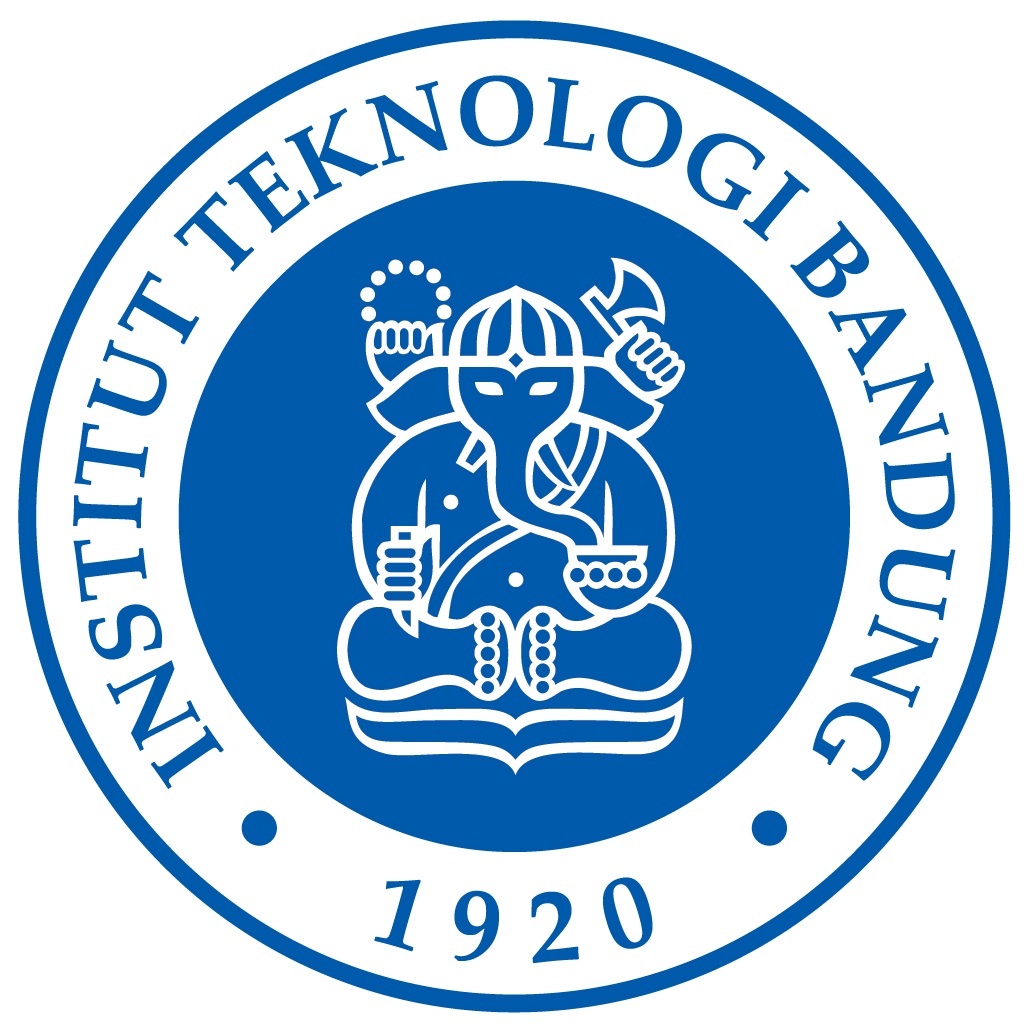

Teti Indriati
Raw materials are one of the main factors that determine the quality of the red brick products produced. The red brick production centers in Puteran village and Sukadana village, Pagerageung District, Tasikmalaya Regency use local soil and rice husk ash as raw materials, with a ratio of 5:1. A series of laboratory tests have been carried out on raw materials and red brick products. Based on raw material research through soil physical properties tests, grain size distribution and Atterberg plasticity tests, the local soil is an average size of silt-clay, with an Atterberg Plasticity Index number (26-49) and based on USCS can be classified as MH or OH or silt. high plasticity. Its plasticity can be correlated with XRD test results on soil mineralogy which show high levels of the mineral kaolinite. However, the plasticity of kaolinite is classified as low order in the clay mineral group. This has an impact on the raw brick product cracking easily when pressed and molded, so it needs to be mixed with rice husk ash. The results of the SEM/EDS and Various literature states that rice husks are porous amorphous silica which have pozzolanic properties when water is added. It can be concluded that making red bricks from local soil must be mixed with other materials that are more plastic or cementitious materials. Judging from the quality of the product, based on the results of the SNI 15-2094-2000 test, Pagerageung red brick meets almost all quality standards, including its rectangular shape with right angles and horizontal planes, its density is 1.27, its compressive strength is 62.29 kg /m2 and does not contain harmful salts. Even though the length, width and height do not comply with SNI standard sizes, they still follow the usual standard sizes that are common on the market. In terms of quality, water absorption is still too high (37.60%), while the quality standard is a maximum of 20%. The potential of local land for red brick raw materials is still very sufficient, however the availability of local rice husk ash is limited, so it must be imported from Indramayu, but the continuity of supply cannot be predicted. Environmental problems that need to be watched out for in Pagerageung red brick making activities are the reduction in fertile top soil and the increase in infertile open areas.
Key words: red brick, soil, quality
Studying the potential, characteristics of red brick raw materials and product quality
Increase KK/FS members' understanding of mineralogy applications and their relationship to the reality of problems in the field. Providing information and education for red brick producers in particular and the public in general to become more familiar with industrial raw materials and their problems, as well as to become more familiar with the advantages and disadvantages of red brick products, so that producers are motivated to find solutions to improve product quality, as well as Users can choose and sort building materials according to their needs. It is important to be aware of the impact of making red bricks on the environment.